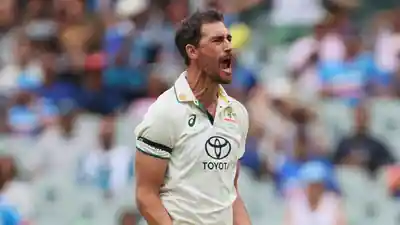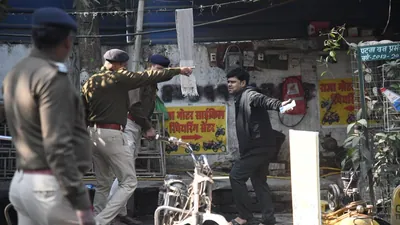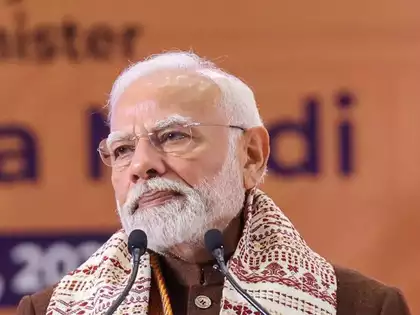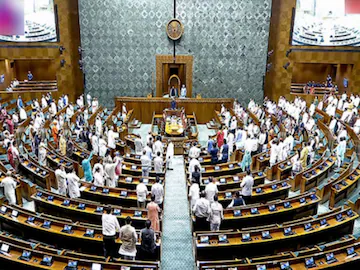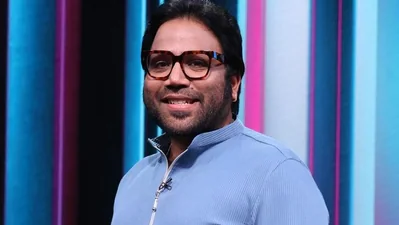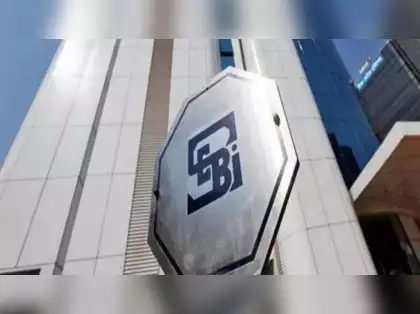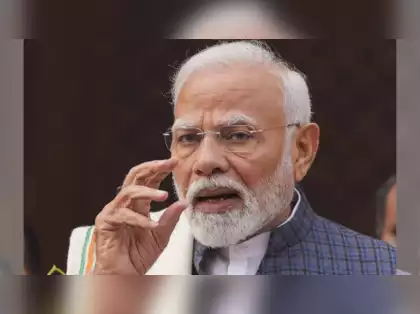Mitchell Starc has finally gotten his revenge! He bowled out India’s opening player, Yashasvi Jaiswal, on the very first ball of the Adelaide Test. Starc and Jaiswal’s battle heated up during the first Test in Perth, where Jaiswal teased Starc for bowling “too slow.” But in this match, Starc surprised him with a perfectly swinging ball that sent Jaiswal back to the pavilion without scoring. India lost a wicket right at the start of the game!
After the first day’s play, Starc shared his excitement with ABC Sport. He said, “It’s a nice way to start the game. Get one on target and away we go.” He continued by being proud of his achievement—taking six wickets, his best bowling performance ever! Thanks to his efforts, Australia bowled India out for just 180 runs.
Starc got rid of big names like Jaiswal, KL Rahul, Virat Kohli, and others. He noted, “It was a good day overall. We were a bit wide in the first hour, which allowed them to score some runs. After that, we improved a lot and bowled them out well.”
At the end of Day 1, Australia was in a strong position, with the score at 86/1, still needing 94 runs to catch up. Nathan McSweeney was playing well with 38 runs, and Marnus Labuschagne had 20 runs. Starc defended Labuschagne, saying he has been practicing hard since the last Test.
Starc remarked how tough the last session of pink-ball cricket can be, especially against quality bowlers. He praised his teammates for their fight during the game. With a great pink-ball record, Australia hopes to continue their good performance on Day 2 against India.

